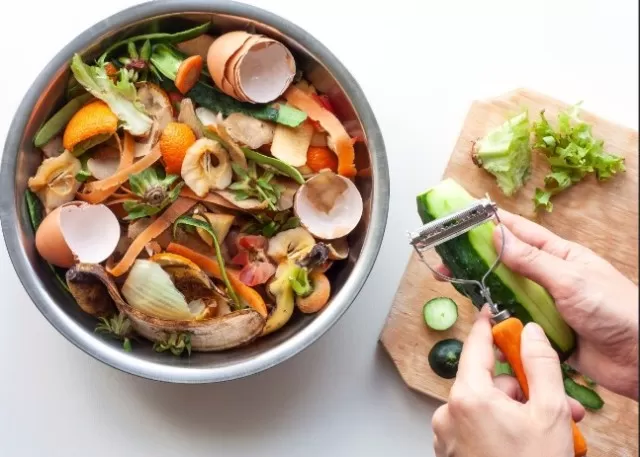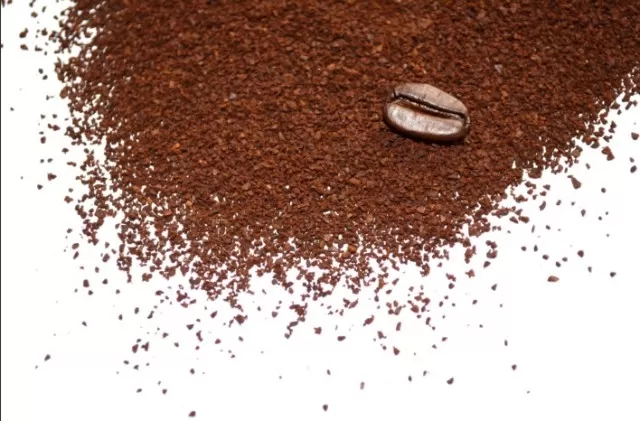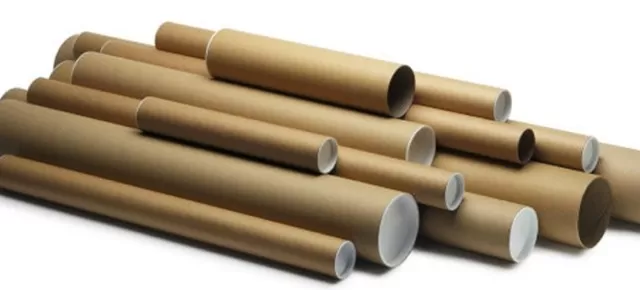Plant-Friendly Kitchen Leftovers for Recycling. Vegetable peels, fruit rinds, coffee grounds, tea leaves, and eggshells are just a few examples of kitchen scraps that can be repurposed in your garden.
Composting these materials creates nutrient-dense compost that enriches the soil, enhancing its fertility and supporting a thriving ecosystem for your plants. Additionally, some scraps can be used directly in specific applications, such as using crushed eggshells to add calcium to the soil or incorporating coffee grounds to provide nitrogen for leafy growth.
By putting kitchen scraps to good use in your garden, you not only reduce waste destined for landfills but also contribute to a more sustainable and self-sufficient approach to gardening. So, embrace the opportunity to recycle and repurpose, allowing your kitchen scraps to fulfill a valuable role in nurturing your garden’s health and vitality. Let your garden benefit from the hidden potential of these often-overlooked resources, and embark on a journey towards a greener, more mindful lifestyle.
From Kitchen Trash to Garden Treasure: Feeding Your Plants and Family’s Health.

Your household’s hunger is not limited to human members alone; both your indoor and outdoor plants also crave regular nourishment to thrive and flourish.
While you don’t have to cook elaborate meals for your leafy companions, there are numerous kitchen scraps and leftovers that your garden will gratefully accept, rewarding you with vibrant, verdant growth and an abundance of blossoms.
Instead of mindlessly discarding these scraps in the trash or grinding them in the garbage disposal, discover the secrets of transforming 13 kitchen items into invaluable nutrients for your plants.
Not only will your garden benefit from this practice, but your family’s well-being will also be enhanced by the wholesome food produced. Let’s delve into the details and unlock the hidden potential of your kitchen waste.
Eggshells: A Calcium-Rich Delight for Your Plants\’ Nutrition.
Among the delightful and nutritious breakfast options eggs offer to humans, their shells also serve as a valuable “meal” for your beloved plants, particularly due to their high calcium content.
These eggshells contain an abundance of this essential mineral, which plays a vital role in fortifying plants’ cell walls. To harness the benefits, begin by thoroughly rinsing the eggshells, allowing them to dry completely. Next, use a pestle or a similar grinder to crush them into fine particles. Now, take a handful of the ground shells and incorporate them into the soil surrounding your plants, whether they are nestled in a flower bed or housed within a container.
By providing this calcium-rich treat to your plants, you are ensuring their overall health and resilience.
The strengthened cell walls will contribute to robust growth and increased resistance against various stresses. So, before you discard those eggshells, remember that they can be transformed into a nourishing feast for your leafy companions, adding a natural boost to their well-being and vitality.
Harnessing the Power of Coffee Grounds: Fueling Growth for Both You and Your Plants.

Just as you rely on your morning cup of Joe to kick-start your day, your plants can also enjoy the benefits of this popular beverage.
Coffee grounds, in particular, possess a wealth of nitrogen—an essential nutrient that stimulates foliage development. However, it’s crucial to exercise caution and avoid excessive use, as an overdose of coffee grounds can hinder plant growth due to their caffeine content and acidity.
To ensure a balanced approach, limit the application of coffee grounds to a maximum depth of half an inch around your plants.
It’s advisable to cover the grounds with an additional one to two inches of soil. This protective layer not only prevents soil compaction but also ensures proper water penetration, safeguarding your plants’ overall health.
By incorporating coffee grounds into your gardening routine, you’re providing a natural source of nitrogen that promotes lush foliage.
However, remember to strike a balance to avoid any adverse effects on your plants. Let your morning coffee ritual extend beyond personal rejuvenation and share the love with your green companions, nurturing their growth and vitality with this beneficial garden treasure.
Repurpose and Reap the Benefits: Coffee Filters as Potting Allies.
After you’ve savored your freshly brewed coffee, don’t be so quick to discard the paper filter.
Give those coffee filters a second life by employing them during your houseplant repotting or when tending to outdoor containers. Their use as lining material at the bottom of the pot serves multiple advantageous purposes.
By placing a coffee filter in the pot, you create a barrier that prevents soil from escaping through the drainage holes.
This practical solution ensures that your potting soil remains intact, reducing the mess and allowing your plants to thrive without soil loss. Moreover, the coffee filter plays a vital role in maintaining consistent moisture levels within the potting soil.
As it retains a small amount of water, it gradually releases it as the soil dries between waterings. This gentle, controlled release helps to prevent overwatering and promotes a healthier root environment for your plants.
So, when you find yourself repotting a houseplant or working with outdoor containers, remember to repurpose those used coffee filters.
Embrace their ability to keep the soil contained, maintain optimal moisture levels, and contribute to the overall well-being of your beloved plants. With this simple yet effective recycling tip, you can nurture your green companions while minimizing waste and maximizing resourcefulness.
Unleashing the Power of Cardboard Tubes: Shielding Seedlings for Flourishing Growth.

Amidst the seemingly mundane toilet paper and paper towel rolls lie versatile treasures—cardboard tubes—that can serve as exceptional protectors for your delicate seedlings.
With a simple transformation, these tubes can be repurposed into invaluable “collars” that safeguard your young plants from various pests. Follow these easy steps to create a nurturing shield for your seedlings:.
For toilet paper tubes, cut them in half lengthwise.
Alternatively, divide a paper towel tube into five equal sections.
Carefully slip one of these cardboard “collars” around the base of your seedlings or small, new plants.
Gently press the cardboard collar slightly into the soil, securing it in place.
By creating this barrier, you effectively shield your seedlings from potential threats such as snails, slugs, cutworms, and other pests.
Allow your seedlings to grow undisturbed within this protective enclosure, fostering their peaceful development.
An added benefit of using cardboard tubes is their biodegradability.
Over the course of a few weeks, the cardboard will naturally break down, eliminating the need for removal or disposal.
With cardboard tubes as your seedling defenders, you provide a safe haven for your plants to flourish without hindrance.
Embrace this eco-friendly approach and witness your young greenlings thrive under the vigilant protection of these repurposed cardboard treasures.
*The information is for reference only.